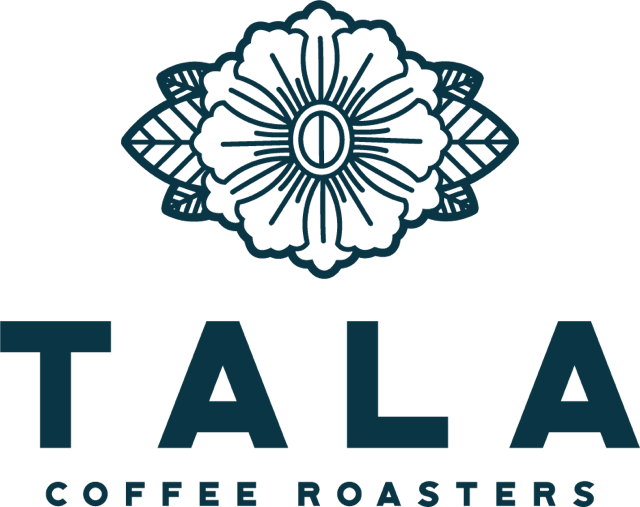Common Misconceptions in Coffee
Coffee has been around a long time, and with anything that's been around awhile, there are quite a few rumors and ideas bouncing around about it. So for coffee's sake, we want to set the record straight about a few things.
Common Misconceptions:
1. Dark roast coffee has more caffeine.
We get some variation of this all the time. People assume that darker roasted coffee has a lot more caffeine--maybe because of its poignant aroma and taste. Actually caffeine is a naturally occurring chemical in coffee beans so as it is being roasted the caffeine is burned off.
2. Espresso is a type of coffee.
This misconception probably started with big companies launching blends labeled "espresso," which is now common practice (we have an "espresso blend" too! But espresso is actually a way of preparing coffee, like a Chemex pour-over or a French Press. So really calling something an "espresso blend" is like calling it a "Chemex blend." There's nothing wrong with it at all, it just is descriptive of the brew-method suggested rather than the coffee itself. Any coffee can be prepared as an espresso as long as you use an espresso machine. That being said, some coffees taste especially great (or especially not great) as espresso given the flavor profile. So when we say "espresso blend" we mean that we have carefully crafted a blend that we like to use as espresso and we think the flavor profile is suited well for that brewing method.
3. You should store your coffee in the freezer.
Don't do this! It may seem intuitive that you should put something in the freezer in order to prolong its shelf-life, but with coffee it actually does the exact opposite. When you put your beans in the freezer and then take it out to thaw it creates condensation on the beans which rapidly deteriorates the bean, causing a mildewy flavor in your coffee. A higher moisture content in coffee is not at all helpful in extracting the original flavors anyway so you'll end up with a duller taste.
4. Freshly roasted beans are the best.
Have you ever been to a coffee shop that boasts about using beans roasted from that day to serve their coffee? Although that sounds like it would be a good thing, it in fact is not going to yield the best-tasting coffee. When the beans are freshly roasted they still have a lot of carbon dioxide built up which takes a few days to wear off. We like to allow our coffee to "de-gas" for at least 48 hours before brewing a cup. Brewing coffee that has been roasted within the past 48 hours will almost assuredly yield a woody and bread-like taste.
5. Espresso shots have more caffeine than brewed coffee.
Espresso = caffeine, right? Well, kind of. Like explored above, espresso isn't a coffee it's a brew method. One of the defining factors of espresso as a brew method is the ratio (coffee to water) that is typically pulled. For a traditional shot of our Amoret Espresso Blend, we dose 18g of ground coffee to 36g of water in our final shot of espresso. This means its a 1:2 coffee to water ratio. A typical 12oz cup of brewed coffee, however, would have more like 25g of coffee. So actually, a brewed cup may have more caffeine simply because it has more coffee. But, of course, if you were to have 12oz worth of espresso (that's like 6 double shots!) it would have far more caffeine.
